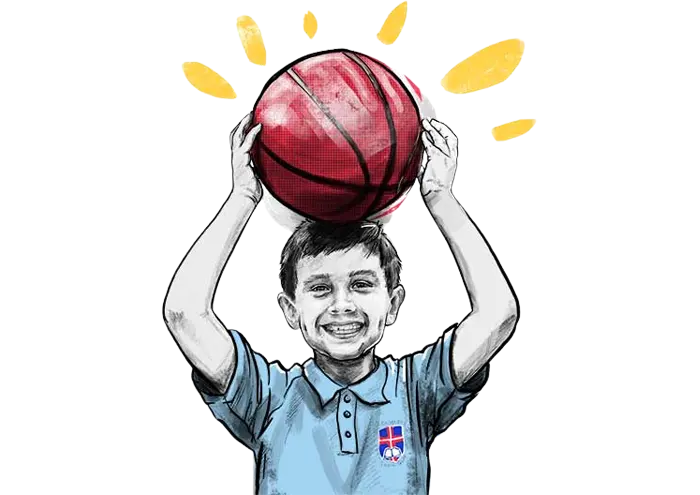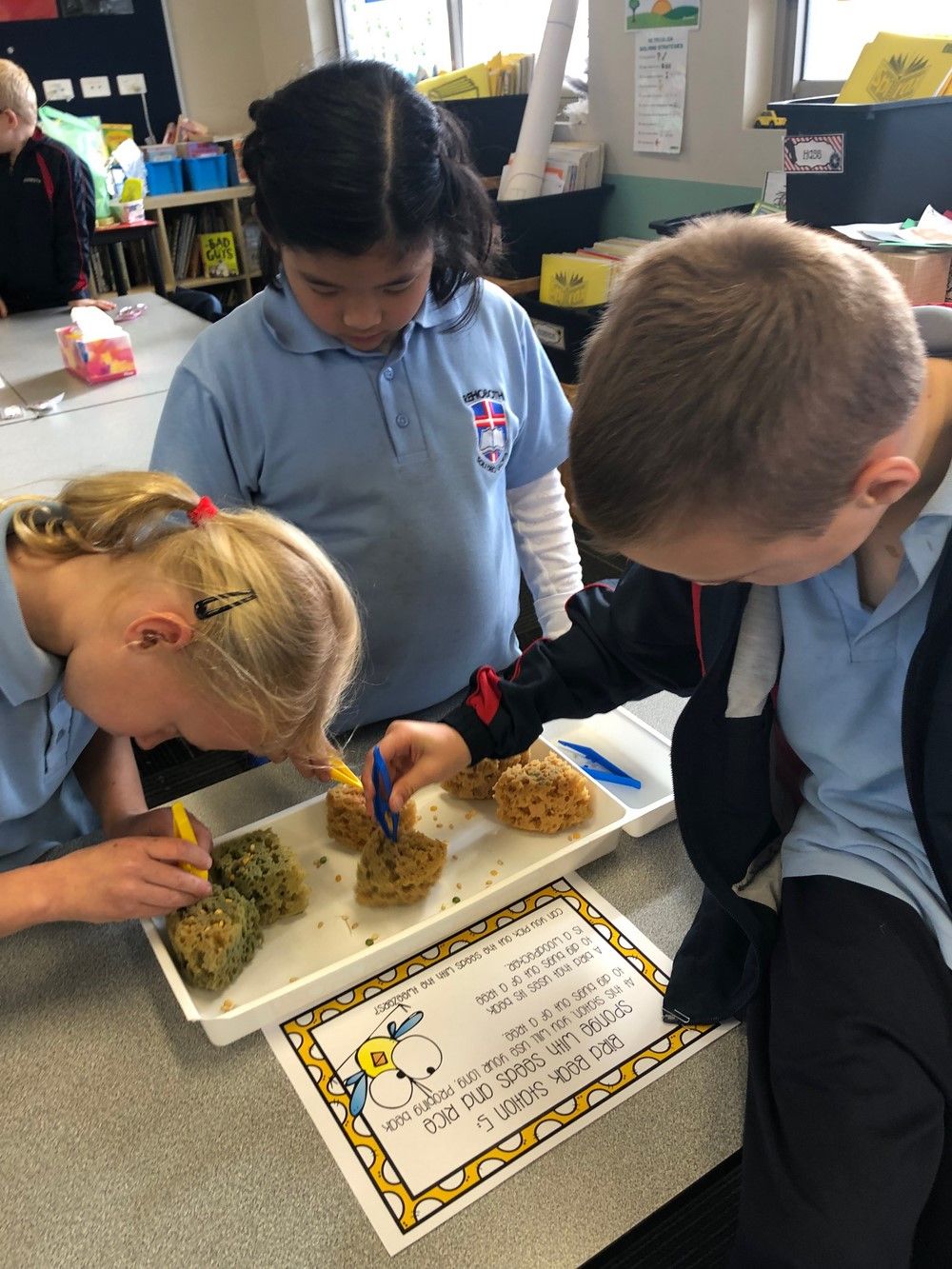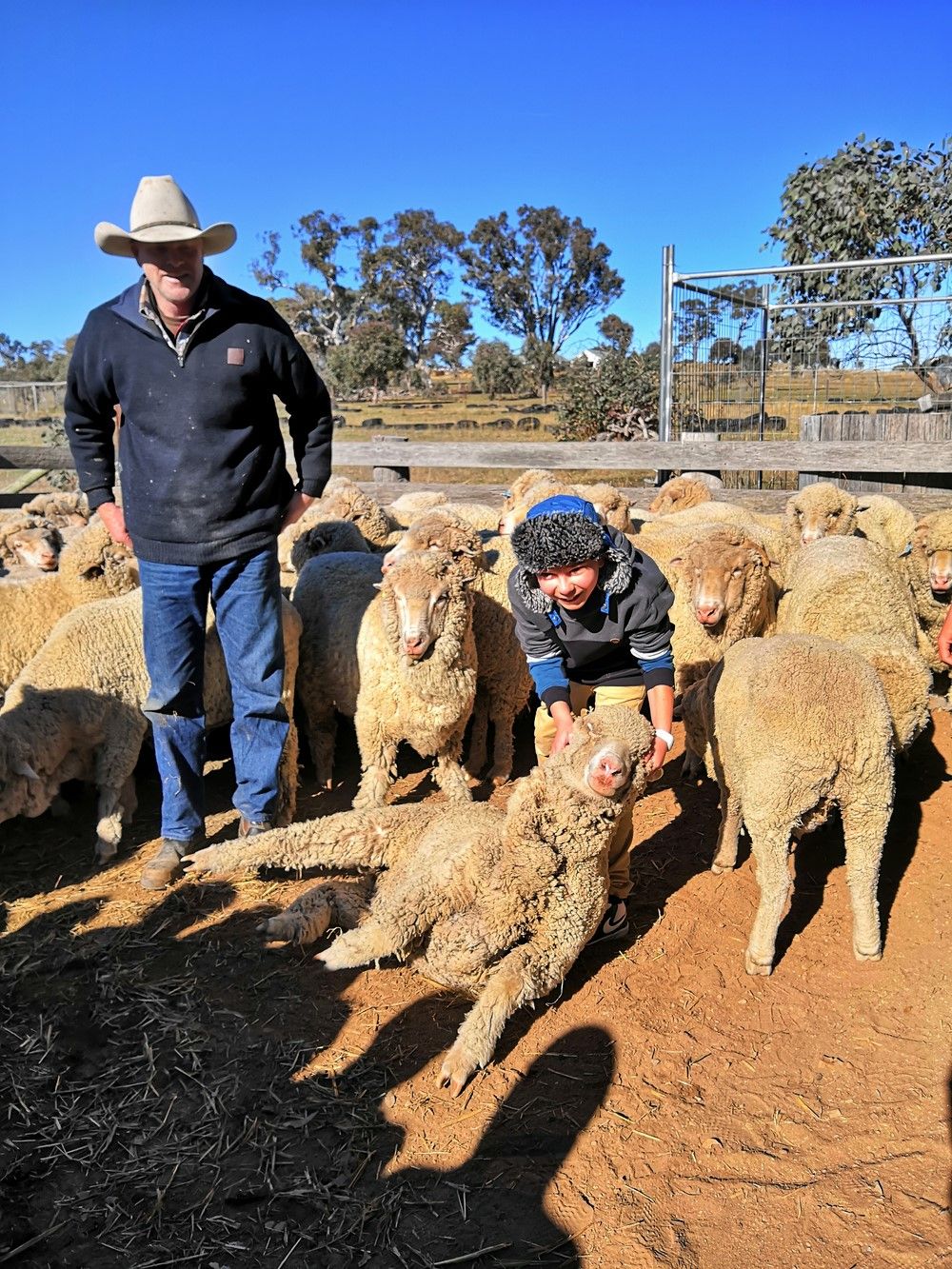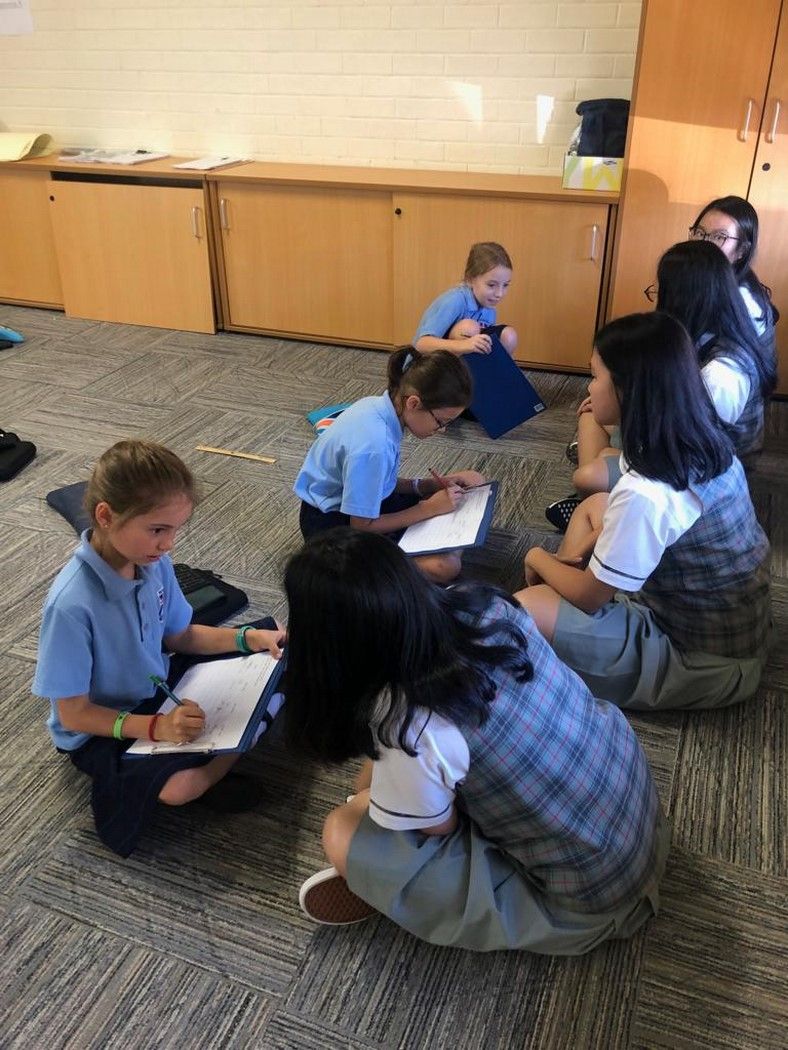 Children are spending more and more time online to connect with friends, to learn, and to be entertained. Online environments give children the chance to express themselves and build an online personal identity. Sharing personal information online can be risky and it’s important to educate your children on how to make good decisions and limit those risks.
Children are spending more and more time online to connect with friends, to learn, and to be entertained. Online environments give children the chance to express themselves and build an online personal identity. Sharing personal information online can be risky and it’s important to educate your children on how to make good decisions and limit those risks.
Your children need as much support online as they do offline. As parents, we teach children to take precautions in order to learn to safely cross the road. In the same way, we need to discuss how to take online precautions with them. The following ten tips will help parents and children protect their privacy when they interact online.
1. Start the privacy conversation
To help your children protect their personal information – and their privacy – it is essential that you talk to them about what privacy is and why it is important. Privacy is about protecting information about who they are, what they do, what they think, and what they believe. Make sure your children understand how privacy relates to their online behaviour, the steps they need to take to protect it, and encourage them to report anything suspicious, like unknown people contacting them or unexpected notices.
The key message your children need to understand is that they can protect their privacy by protecting their personal information. Personal information can include your child’s name, address, telephone number, school, and date of birth.
2. Get involved
The digital environment is constantly evolving. It is important to keep yourself up to date with the devices, apps, and platforms that your children are using and how they use them. You can better support and advise your children if you are well-informed on the technologies they use and can understand the digital environment from their perspective.
Join in with your youngest child and play their favourite game with them. Keep the lines of communication open with your older children and teens – it’s better to talk to them in person if you have concerns than to post comments publicly.
3. Read privacy policies and collection notices
The Privacy Act was first introduced in 1988, and since then practically all organisations are required to maintain a privacy policy that explains how and why they are collecting your personal information (among other things). It is really important that you read privacy policies and collection notices – even Rehoboth maintains a Privacy Policy. These will help you understand what information is being collected about your children, and how it will be used and protected. Involve your children in this process. Checking the privacy policies and collection notices of the websites, games, and apps they use will help them think about what they’re swapping their personal information for and whether it is worth it.
4. Tailor privacy settings
Privacy settings are an important privacy tool for people of all ages, as personal information can often be collected in ways you don’t expect. Parental controls can also be a good option for younger children. You need to make sure you, and your children, control the personal information that webcams, microphones and cookies collect, as well as what is collected by websites, apps, and internet based games and software. You should also use this process to teach your children about the importance of tailoring their privacy settings according to their age, the platform they are on, and the type of information they are sharing. For example, you and your children could work together to tailor the privacy settings on their social media accounts so that only their friends can view their photos, updates and information.
5. Develop good password practices
It’s important that your children understand that good password practices are an essential security measure to keep their personal information safe. It is also important to stress that passwords should not be shared with anyone, especially at school or online.
Passwords should use a random combination of numbers, letters, and punctuation and be over eight characters in length. Avoid using birth dates, your name, or the name of a family member or pet. Passwords should also be changed regularly and should not be used across multiple accounts. Working with your children to help them develop their own password controls will help them develop good password habits.
6. Discuss their digital footprint
Social media presents a number of benefits and opportunities for children, including increased connectivity to their friends and exposure to new ideas. However, children need to know that their digital footprint can last forever. They also need to understand that every piece of content they consume, share, upload, and download leaves a digital trace.
Work with your children to develop some fundamental principles they can use when interacting online and using social media. These principles could include that they only interact with people they know and that they only share another person’s personal information with that person’s permission. Children who understand the potential consequences of their online behaviour are more likely to make better decisions about how they share their personal information.
7. Teach your children to think before they share
Make sure your children know the difference between the kinds of information that may be appropriate to share online and what should be kept private — there are many online situations where your children should not need to give out any personal information.
It is also important that your children understand that the more personal information they share online, the greater the risk their privacy will be compromised. This is particularly important in regards to sharing their phone number, address, school, and social plans. Your children need to understand that sharing information about their location may allow people to follow them. They also need to understand that posting photos or including hashtags that can be subsequently shared by others means their personal information may be used without their knowledge. Work with your children to adjust the privacy settings of their social media accounts to limit how much and who they share their personal information with online.
8. Encourage safe and smart mobile use
Mobile devices have become a common tool for children of all ages. As children store a lot of personal information on their phone, it is important they use security measures to protect this information. Ensure your children’s mobile devices have a pin lock or passcode. Make sure they understand how easily someone could gain unauthorised access to everything from their social media accounts to their personal photos if they don’t have one.
Disabling geo-location services when they are not needed is another key security measure.
You should also encourage your children to consider the personal information they share via mobile apps. Ensure they only download apps from reputable sources, especially if they are sharing location or financial information.
9. Be aware of online advertising
Online advertising can take a number of forms, including direct marketing and online behavioural advertising. Companies can build a detailed profile of your children just by compiling data of their online behaviour. It is therefore important to manage how much personal information is collected. Controlling cookies and the use of add-ons and ad-blockers are good tools you can use to do this. Companies are obligated to provide a means of opting out or unsubscribing from any direct marketing, so look to see if their website or communications include this.
10. Emphasise that help is always available
Make sure your children know that they can ask for help if they have a problem online, whether from you, from their school, or from government services. Reassure your children that you’re there to support them, you’re there to listen to things that may have arisen, and that you’re not going to automatically disconnect them from their online world if a problem arises. If your children experience cyberbullying, the Office of the Children’s eSafety Commissioner (OeSC) may be able to help and has information on a range of popular games, apps and social networking sites including instructional advice on how to activate privacy settings. Most social media sites also have their own complaints systems.
The Office of the Australian Information Commissioner (OAIC) can also help you if you have a complaint about how an entity covered by the Privacy Act 1988 has handled your children’s personal information. If you are concerned that your children’s identity information may have been compromised, iDcare the national identity support service can provide advice and support.
Don’t forget…
Your online behaviour affects your children’s privacy too. The information you share about your children, especially on social media, contributes to their digital footprint. Remember that once you share information, it can be used in ways you did not expect and cannot always control. Before you share any information about your children, ask yourself: “Have I ensured my children’s privacy is protected?”
Copyright is also a serious issue. There is a school in WA currently being sued as their students were illegally downloading material via torrents through the school’s network.








